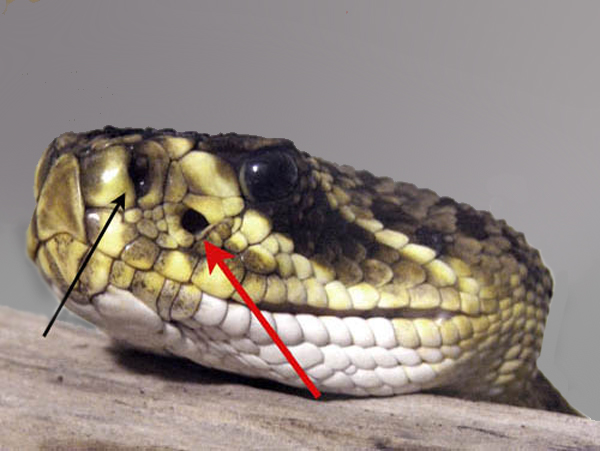
Infrared detection in Mojave Desert rattlesnakes (Crotalus scutulatus) represents a highly specialized adaptation that enhances their ability to locate and capture prey in their arid environment. Like other pit vipers, these rattlesnakes have heat-sensitive pit organs between their eyes and nostrils. These organs can detect infrared radiation, corresponding to the thermal emissions from warm-blooded animals.

The pit organs detect minute temperature differences, potentially as small as 0.001°C. This enables the rattlesnakes to effectively “visualize” the thermal signatures of their prey, even in the absence of visible light. This capability is particularly advantageous in the Mojave Desert, where nocturnal temperature drops can contrast the cooler ambient environment and the warmer bodies of potential prey.
The precision of this infrared detection system allows for highly accurate strikes, even when prey is partially concealed by vegetation or other environmental features. This adaptation is crucial for survival in the desert ecosystem, where prey availability may be limited, necessitating efficient and effective hunting strategies.